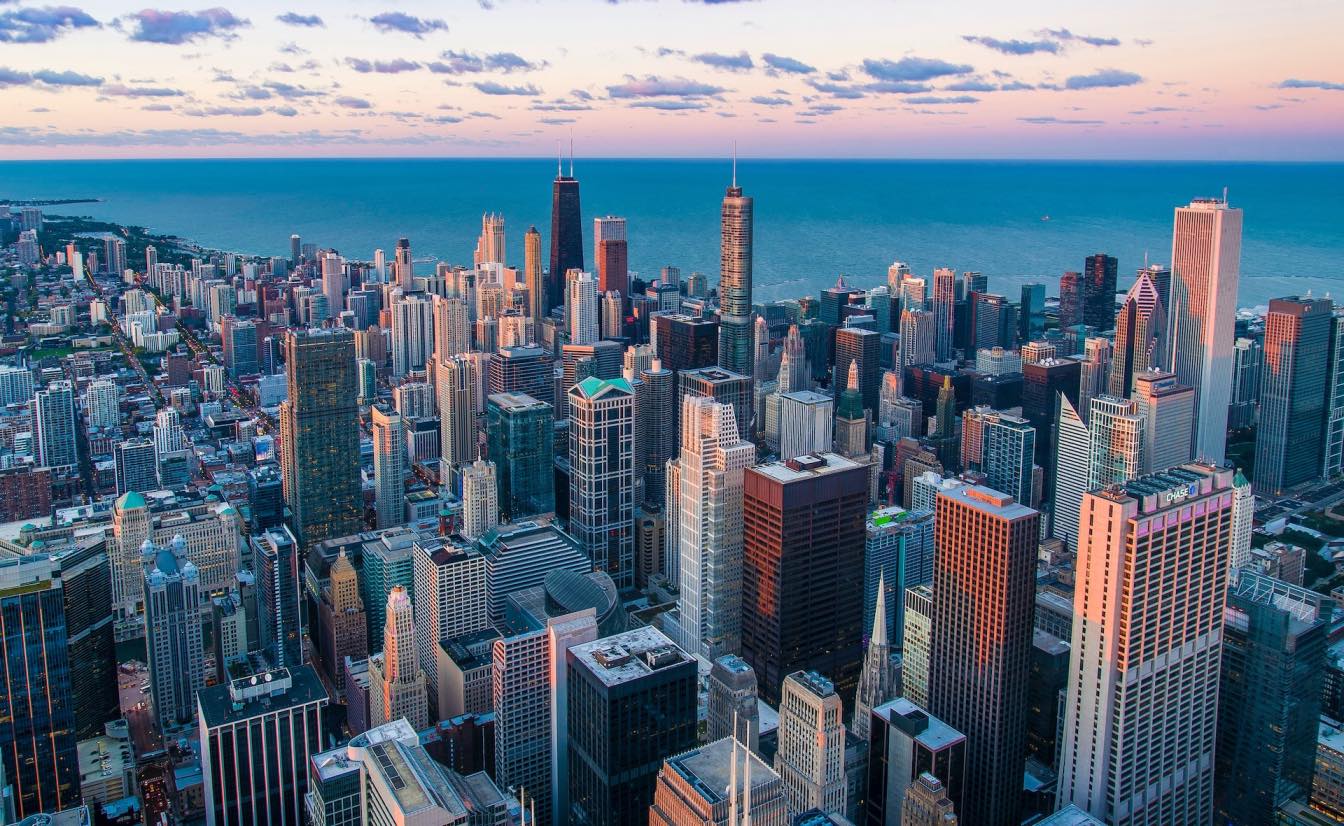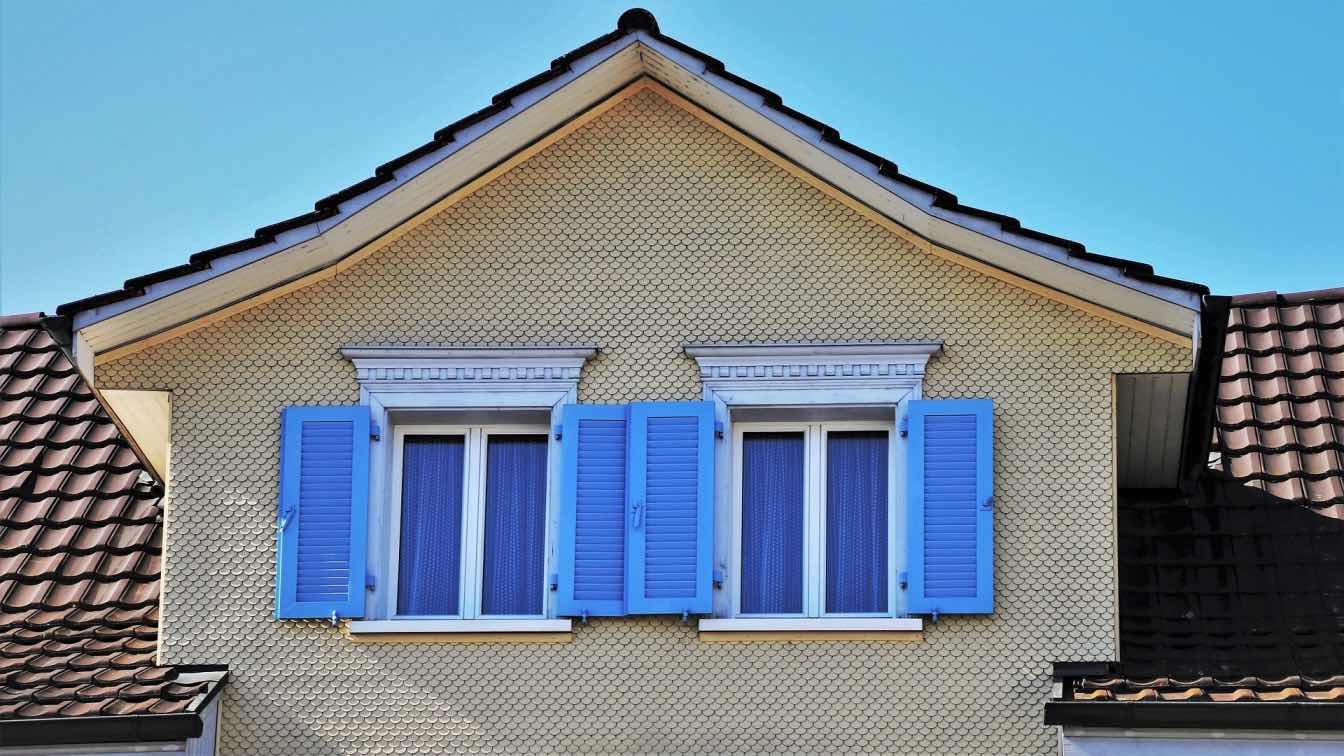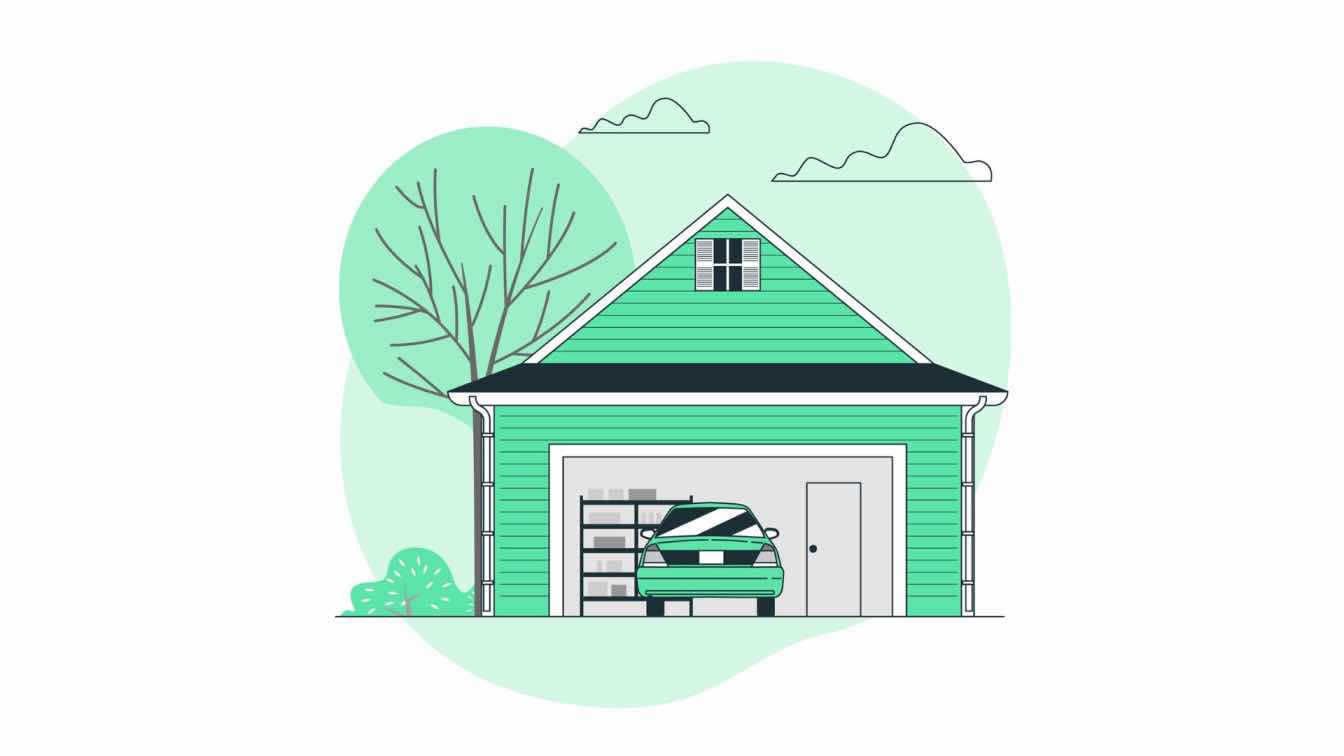Modern architecture often blends functionality with aesthetics, demanding building materials that perform consistently without compromising visual appeal. When it comes to roofing, few options offer the versatility and reliability of EPDM. Short for Ethylene Propylene Diene Monomer, EPDM is a synthetic rubber roofing membrane widely used in low-slope buildings. It has gained traction with architects for both commercial and residential designs because of its performance, longevity, and clean look.
Understanding the strengths of EPDM roofing can help architects and builders make informed decisions during the design process.
Long-Term Durability That Architects Rely On
One of the standout qualities of EPDM roofing is its exceptional durability. When properly installed, it can last up to 30 years or more with minimal maintenance. This makes it a valuable option for projects where long-term performance is a key priority. The membrane resists ultraviolet radiation, ozone, and extreme weather fluctuations, which means it holds up well in both hot and cold climates.
In areas prone to high winds, heavy rain, or freeze-thaw cycles, EPDM offers a flexible and stable surface that doesn't crack or split under pressure. Its ability to expand and contract without losing its integrity ensures that it remains watertight across all seasons.
Sustainability Meets Modern Expectations
Sustainable construction has become more than just a trend, it's an industry standard. EPDM contributes positively to environmentally conscious building goals. It’s commonly made from recycled materials and is itself fully recyclable at the end of its life cycle. That closed-loop potential aligns with many architectural projects focused on LEED certification and reducing environmental impact.
In addition, EPDM’s energy-saving properties support broader sustainability efforts. While black EPDM absorbs heat, beneficial in colder climates, white or reflective versions help lower cooling costs in warmer areas. Choosing the right color and thickness can improve a building’s energy efficiency without compromising on design.
Flexible Design Compatibility
Architects appreciate materials that adapt to the demands of complex designs. EPDM’s flexible membrane conforms to various shapes and surfaces, allowing for innovative applications beyond simple flat roofs. It can accommodate curves, angles, and unusual building contours without difficulty, making it an ideal choice for creative architectural features.
This adaptability also extends to installation. EPDM can be applied using a variety of methods: fully adhered, mechanically attached, or ballasted, depending on the structure’s requirements. That means fewer restrictions and more room to execute distinctive design visions without being held back by rigid material limitations.
Cost-Effective Over the Life of the Building
Initial material costs are just one part of a roofing decision. EPDM provides a high return on investment through its low life-cycle cost. Its long service life, combined with minimal maintenance requirements, translates into significant savings over time.
Repairs, when needed, are straightforward and inexpensive. In most cases, a simple patch restores full functionality without the need for major interventions. This low-maintenance nature appeals to building owners and managers who want reliable performance without ongoing expense. Because of these advantages, EPDM continues to be a top recommendation among those offering rubber roofing solutions to architects and builders focused on long-term value. It checks all the boxes for those seeking practicality without compromising quality.
Superior Weather and Leak Resistance
Water infiltration is one of the most common roofing issues architects seek to avoid, especially on flat or low-slope buildings. EPDM’s seamless design and watertight seals help reduce that risk significantly. The membrane’s ability to repel water even in standing conditions gives it a major advantage over more rigid roofing systems.
Its resistance to hail, ice, and wind uplift also adds to its weatherproof profile. When seams are properly treated and flashings installed correctly, EPDM becomes a near-impenetrable barrier against leaks and moisture damage. This reliability makes it a smart choice for areas with unpredictable weather or frequent storms.
Clean, Minimalist Aesthetic
Modern architectural styles often favor clean lines and minimalist features. EPDM contributes to that look with a smooth, uniform finish that complements contemporary design. Its dark color creates a sleek appearance on rooftops that are visible from higher elevations or neighboring buildings.
When white EPDM is used, it blends well with lighter color palettes and provides a crisp contrast against darker materials. The visual appeal of the roof can enhance the overall presentation of the building, especially when combined with green roofing elements, solar panels, or rooftop gardens.
This understated aesthetic doesn’t draw attention away from other design features. Instead, it supports a cohesive and polished exterior.
Choosing the right roofing material is a key part of any successful architectural project. EPDM offers a blend of performance, adaptability, and appearance that makes it well-suited to both residential and commercial applications. With long-term reliability, flexible design options, and a clean, modern look, EPDM remains a smart and forward-thinking choice for architects focused on combining function with form.





